Few company leaders enjoy the prospect of discussing potential disasters. But the conversation is imperative, especially for international organizations. The larger a company’s global footprint, the greater the odds that the company will experience a loss.
Pre-establishing a course of action through a trusted property restoration company is critical to streamline loss mitigation. Chosen should be a company that is a flexible, effective, on-the-job communicator and remains always within reach, regardless of location.
Consistency of approach is key when considering an international disaster recovery company. Disasters, like businesses, are unique. They vary in terms of size, scope and money. Seemingly insignificant losses, if ignored or not given priority response, may result in more far-reaching problems. The results of delayed action may very well reverberate throughout the company, escalating and causing more disruption. This translates to lost time, lost money and, in many cases, lost clients.
The following are qualities that every corporation – but particularly those with international holdings or interests – should look for in a restoration partner.
Set a Pre-established Plan of Action
A pre-determined disaster plan – in particular the response and actions taken during the first 24–48 hours after impact – largely determine whether the effected business or organization can fully recover. Look for a disaster recovery company that is perpetually on call with a live operator who can connect you directly to someone able to help and dispatch resources to the affected site. When pre-qualifying, ask for a response time matrix showing your locations, the company’s closest responding office and approximate time to arrive on site.
You should consider a priority response program. These programs can be structured different ways – some are no cost, some retainer-based – with varying benefits and levels of priority response in a community wide emergency. The program should provide more in-depth pre-incident consultation, including planning meetings and familiarization tours of mission-critical facilities. This helps the contractor understand the inner workings of the client’s business or manufacturing process, types of hazardous materials found on site, etc. and puts business-specific guidelines, such as confidentiality agreements, in place. The contractor keeps this knowledge and agreed-upon protocol on record to reduce reaction time. Set pricing is often pre-established, eliminating time spent negotiating prior to the start of emergency property loss mitigation.
When a self-insured company experiences a disaster, bottom-line profit is the first casualty. Worldwide corporations need worldwide partners able to step in from any corner of the world to take immediate action. This is practical and instills a sense of confidence and security in stakeholders – a valuable commodity on the international playing field.
Risk assessment should be based on geography, developing a plan for site-specific risks such as flooding, mudslides and earthquakes in addition to common perils such as fire. Always hope for the best but plan for the worst.
A defense contractor experienced an inundation of water and mud at one of their U.S. facilities that totaled $2.5 – 3 million in damage. Even though the disaster occurred on a Sunday, their research and investment in a priority response program enabled their restoration contractor to begin surveying the damage at 7 p.m. that Sunday evening. Four days later, the defense contractor was able to resume production in three zoned-off locations of the plant. Without the priority response program in place, the start of the project could have been delayed by numerous factors: contract approvals, price negotiations, specific confidentiality or security needs and approvals, location of asbestos-containing or other hazardous materials, scrutiny of floor plans by the contractor and decisions on approach and priorities, or finding a qualified person to sign a Work Authorization to begin emergency services. Many or all of these bases can be covered in advance by preincident planning with your contractor, saving time and money and further ensuring swift damage mitigation and continuity of operations.
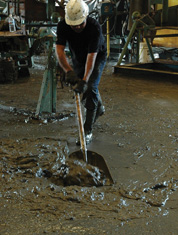 |
 |
Effective Communication
Even though the brunt of communication between client and contractor is done in advance with a priority-response plan in place, the contractor still needs to remain an effective communicator throughout the recovery process.
Manufacturers of products that are delivered into numerous international marketplaces can expect scrutiny and detailed oversight of recovery methods throughout the recovery process. Many entities that rely on the corporation for products may send in representatives to ensure recovery methods remain in compliance with set regulations. The contractor should be familiar with these requirements prior to a disaster, but remain flexible on potential changing conditions to follow.
The restoration company should go out of its way to learn the ins and outs of its client’s organizational structure. Between facility layouts and day-today business structure, not to mention different criteria required by each company to serve its clients, a recovery agency’s planned response program must be produced for each company and site individually. During the recovery process, regular status briefings between the contractor and client should take place – sometimes multiple times daily. The process can be streamlined by funneling all communication through a single corporate contact, one who remains immersed in the daily groundwork and recovery efforts as well as ever-changing corporate needs.
Resume Operations Quickly – or Don’t Stop at All
In the majority of disasters, business interruption and consequential damage are far more serious than the purely physical losses. The loss of records, the disruption or cessation of business and the erosion of staff and consumer confidence can be fatal to business. Your contractor should be immediately focused on re-establishing your operational capacity as quickly as possible or, ideally, helping you stay up and running while relief efforts are taking place.
The client cited above is a global manufacturer of military parachutes. Naturally, strict manufacturing conditions prevail. Due to the nature of the water loss, humidity and fluctuating temperatures compromised manufacturing standards set by both the manufacturer and its clients. Understanding this, the restoration contractor zoned off the manufacturing area (300,000 square feet), began dehumidifying the space to standards and sectioned off a sterilized 10,000 square feet. Within that space, production could resume while the remainder of the area was restored.
In the end, the cleaning process did not interfere with the actual enduser product, which was scheduled to ship out to various government agencies. The contractor understood that the clients needed final approval of its decontamination processes. These messages of standards, likewise, were relayed through the single point person. This helped to forge a system of “checks and balances,” ensuring the restoration company was able to adapt to the client’s ever-changing needs and requirements. Constant updates ensured that both sides remained flexible in their approaches throughout the process.
Flexibility
In this example, as in any recovery operation, it is important to remain flexible throughout the cleanup process. At one point during the flood restoration, the contractor met with industrial hygienists who laid out necessary protocols and standards. The entire plant was cleaned with the primary focus to restore the operation’s immediate needs. Following decontamination, the hygienists conducted grid pattern testing for bacteria. More than 1,000 swab samples later and the inspection passed at a 92 percent rate. As this does not meet all standards, the company re-sterilized the facility and passed a second test at 100 percent.
Flexibility on the job and understanding the acceptable standards made it possible for the contractor to bring the facility to standards in short order.
Likewise, due to the confidential nature of its client, it was understood that only pre-approved vendors and labor suppliers could be used on the project. Each member of the relief effort had to be screened and sign a confidentiality agreement prior to entering the environment.
Location and Depth of Resources
When seeking an international disaster recovery partner, consideration should be given towards: 1) number and location of global offices, 2) pooled resources available to each location, and 3) the ability to rapidly scale up resources in different countries.
What resources can be immediately rallied from the contractor’s local office in an emergency? How quickly can additional resources be rallied from outside the area to ramp up for catastrophic damage or a community-wide emergency?
Availability of unique technical services is also important. Clients should know that the contractor can effectively address all types of property damage – the building as well as mission-critical contents. This instills confidence and allows for single source accountability on the project, from beginning to end.
Confidence
Taking the time to pre-select and to pre-register with a restoration company able to respond effectively to all of your locations – both domestic and international – is crucial to ensuring a timely recovery. By talking through emergency response details in advance, you remove time-wasting obstacles, enabling your contractor to get right to the business of minimizing damage and disruption.
Recommend0 recommendationsPublished in Physical Infrastructure
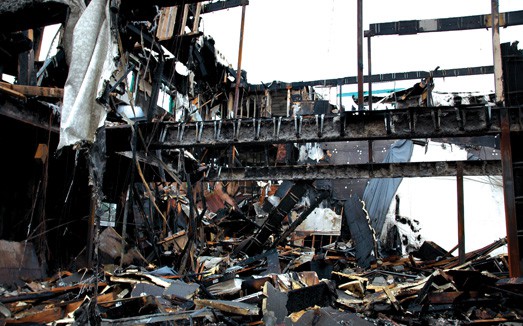
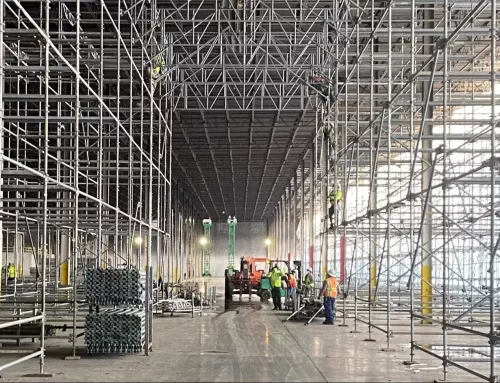

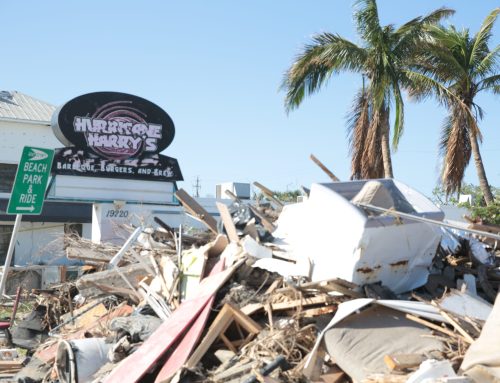

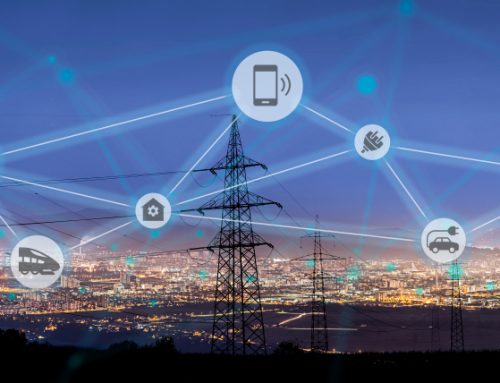
Leave A Comment
You must be logged in to post a comment.